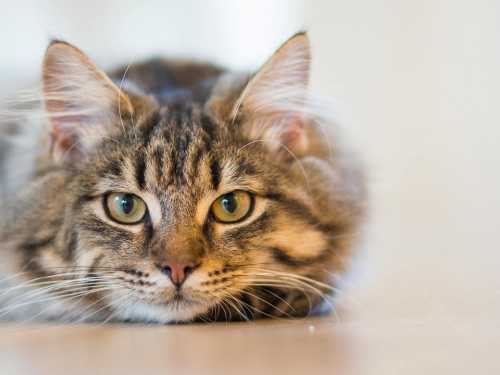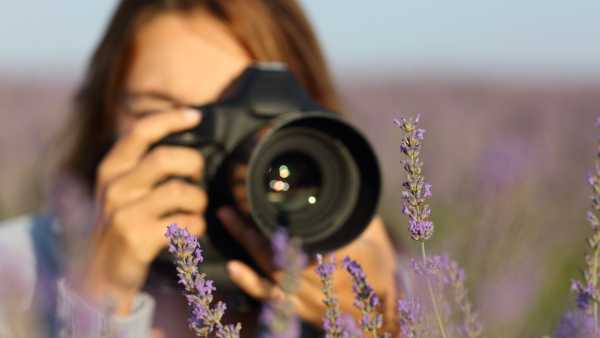Mesmerizing microscopic images showing the 'waves' inside a developing fly embryo have been named winners of the 14th annual Nikon Small World in Motion competition.
These “mitotic waves” occur during cell division, when tissue is formed and moved around in the embryo of the fruit fly (Drosophila melanogaster). Studying this biological process in flies can help us understand the mechanisms that form embryos throughout the animal kingdom. Many of these basic processes can go wrong in humans, leading to neurological disorders, birth defects, and cancer.
“The beauty of basic research in biology is that what we learn about one organism is often applicable to others and can help us understand human diseases,” Bruno Vellutini, a researcher at the Max Planck Institute for Molecular Cell Biology and Genetics in Dresden, Germany, who filmed the fly embryo, said in a statement.
Vellutini's video was chosen from 370 entries and was declared the overall winner of the competition on Tuesday (September 17).
He created the movie using light sheet microscopy, a technique in which a focused “sheet” of laser light illuminates a sample, producing high-resolution, three-dimensional images of living cells, tissues and organisms.
Vellutini's video illustrates the wave-like cell division that occurs during fly embryogenesis, the stage in which a single-celled fertilized egg develops into a multicellular organism.
“The fruit fly embryos that live in our homes, develop in our kitchens and trash cans, and go through the same processes that are captured in the video. I think this video is especially impressive because it shows how these fascinating cellular and tissue processes happen all around us every day — even in the most ordinary creatures,” Vellutini said.
Vellutini's video was chosen as the winner for capturing “fascinating movement in the microscopic world that deepens our understanding of the process that shapes life itself,” said judge Eric Flem, senior manager of communications and CRM at Nikon Instruments, in a statement.

Hannah OsborneSocial LinksNavigationEditor
Hannah Osborne is the Earth and Animals Editor at Live Science. Before joining Live Science, she was the Science Editor at Newsweek for several years. Previously, she was the Science Editor at the International Business Times UK. Hannah holds an MA in Journalism from Goldsmith's, University of London.
Sourse: www.livescience.com





